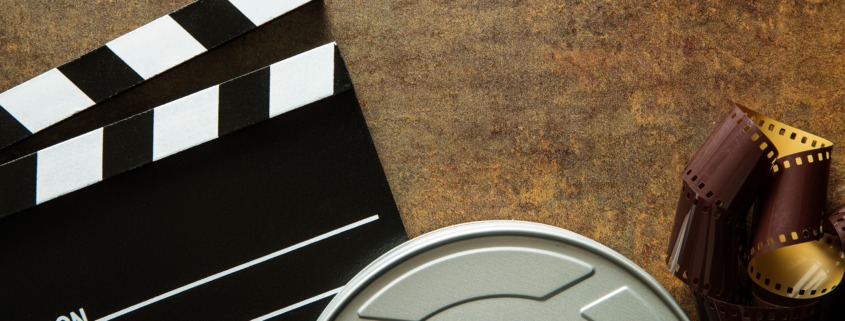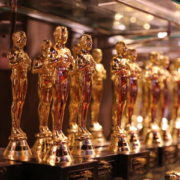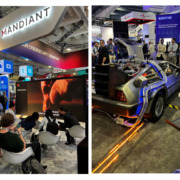Back to Beyond – Defeating the ordinary in film, now and then
We didn’t have Marvel movies when I was growing up. Via TV, we were still fed a steady diet of Hollywood’s Golden Age, watching Bogart, Cary Grant, Bette Davis, Barbara Stanwyck and the rest dance to the tunes of screenwriters like Raymond Chandler and William Faulkner under the direction of masters like Alfred Hitchcock, Howard Hawks, and Preston Sturges.
Most of the stars of the era came from theater. There was a reason that some of the biggest female stars of the era playing beautiful, glamorous women were comparatively plain. They were chosen because they could “act” beautiful—not because they were.
The screenwriters were largely novelists and playwrights recruited to work for the Hollywood studios. They brought those novelistic, theatrical sensibilities with them.
For decades, the films were shot in black and white—even long after color was available. Hollywood’s goal was not to recreate our world; it was to create a brand-new world primed for the unexpected and outrageous. Black and white provided the distance audiences needed to accept these over-the-top tales of murder, betrayal and intrigue. When color came in vogue, the overripe, too-bright Technicolor often served the same purpose. It let us know this wasn’t our world we witnessed. It was something so much more.
After a point, the theatrical style of filmmaking went out of vogue. Television attuned us to watching ordinary folks do ordinary things in this world instead of watching larger-than-life figures run amuck in strange, shimmering, wondrous ones.
Now, though, we’ve come full circle. We’re longing for those fantastical realms, and we seek them in films based on comic books, video games and any other source that takes us beyond our normal. Kitchen sink realism is boring, it turns out. We have limited taste for watching, well… versions of ourselves. We want larger than life. Distant planets, strange powers, it doesn’t matter.
But there remains something magical in the way they did it in the old days—no CGI, no effects. Just outsized characters played by gifted stars directed by men (alas, they pretty much all were) who knew how to use them. Take a look—and realize how artists created new worlds without the illusion of leaving this one.
Fritz Lang’s noir about the tragic dance of a cop and a gun moll as the cop takes on his city’s crime syndicate.
A Technicolor perfection of a musical
One of the greatest comedies ever set to film.
The music, the cinematography, the direction, the story… Operatic in tone, profound in scope. No other western can match it.
Leonce Gaiter – Vice President, Content & Strategy









